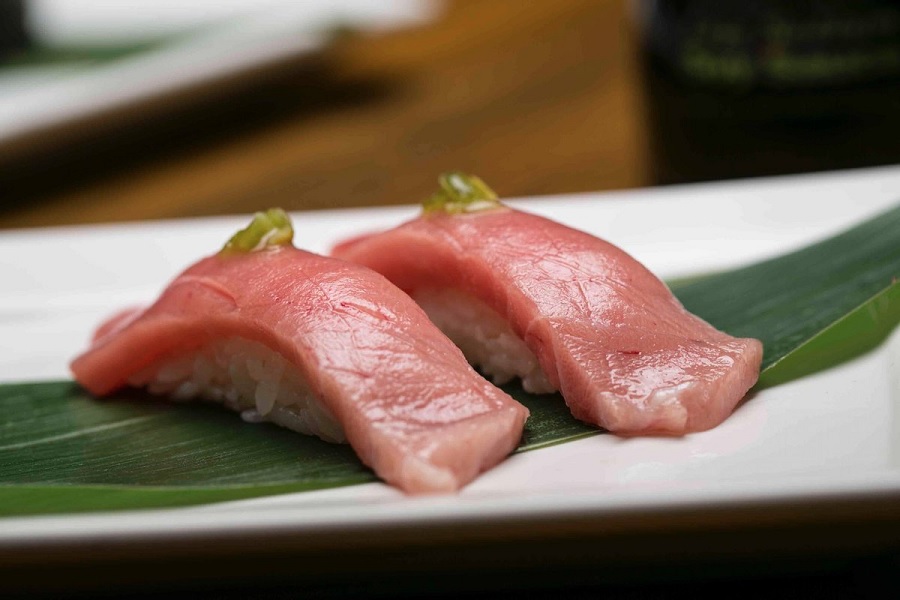
When we search inland, we witness that a range of mountains is found in the centre of Japan, with yearly precipitations of practically 2,000 milliliters. That huge quantity of rain is partitioned by the chain of mountains and moves to both the Pacific (eastern side) and the Sea of Japan (western side) forming a vast amount of rivers.
Because of this, the clear water flows were blessed with an abundance of freshwater fish, consisting of species such as ayu [sweetfish] and ugui [dace] Considering that the Japanese are a rice-farming society, we have storage tanks and wetlands for developing rice paddies, and since fish live there as well, individuals rarely consumed meat up until regarding 100 years earlier. Fish and chutoro were their main resource of animal healthy protein.
What is sashimi?
At its most fundamental essence, sashimi is something raw, sliced and served. It can be almost anything – beef, scallops, even poultry – and without a doubt the most prominent sashimi is seafood.
Choosing the fish to be used
Practically any fish can be eaten as sashimi. In Australia, tuna, salmon and kingfish are generally made use of for sashimi in Japanese restaurants. However some of the best seafood varieties for sashimi in this nation are: scallop, squid, tuna, trevally, kingfish, bream, bonito, garfish, whiting, flounder, flathead, snapper and also leatherjacket.
When it comes to raw fish, there’s more to great sashimi than just being freshly caught. The flavor and texture of fish changes with time, and similar to excellent beef, some fish improves with a bit of time to age.
As a basic rule smaller fish and seafood like prawns and squid are best consumed as soon as they’re sent off, and bigger fish like flounder and snapper might need to be rested on ice for a few hours or over night for their muscle tissues to loosen up and their flavour to develop. Some even think huge fish like tuna reach their finest aged for week or two.
But be warned – aging fish to be consumed raw is strictly for the experts and my advice when choosing fish for sashimi is to comply with the advice of a great fishmonger.
Seasonally experienced seafood that can scarcely wait for
Japanese people typically cherish seasonally found seafood as in olden times in Japan, it was sophisticated to eat fresh periodic seafood even with loaned money. A current innovation in technologies for farming and chilling units technologies has permitted us to enjoy fresh seafood across a year. Nevertheless, seafood served in its ideal period still has the greatest taste and high nutrition.
Popular fish in each season is as follows: spring (March – May) – chicken grunt, Japanese whiting, amberjack, bonito; summer (June – August) mackerel, conger, sea eel, Japanese flying squid; autumn (September – November) oysters, pickerel, mackerel, alfonsino, etc.; winter (December – February) scallops, flatfish, yellowtail, tuna, octopus, etc.